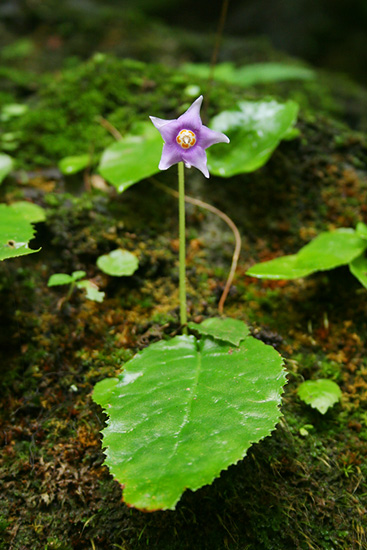 It's been so long since the last time I felt like real birding. Yesterday I went to Beppu Ropeway, which located on the top of the highest mountain here in Beppu. Actually, all I wanted to do was just to explore the forest around the area, but what I got was more than surprise to me cause it's been oh so long too since the last lifer popped up in my list. In short I got 4 lifers! That's a lot for me, who've been birding for almost a decade now. These four lifers are my long-time awaited Narcissus Flycatcher (Ficedula narcissina), Japanese Grosbeak (Eophona personata), Eurasian Nuthatch (Sitta europaea) and Willow Tit (Parus montanus).
It's been so long since the last time I felt like real birding. Yesterday I went to Beppu Ropeway, which located on the top of the highest mountain here in Beppu. Actually, all I wanted to do was just to explore the forest around the area, but what I got was more than surprise to me cause it's been oh so long too since the last lifer popped up in my list. In short I got 4 lifers! That's a lot for me, who've been birding for almost a decade now. These four lifers are my long-time awaited Narcissus Flycatcher (Ficedula narcissina), Japanese Grosbeak (Eophona personata), Eurasian Nuthatch (Sitta europaea) and Willow Tit (Parus montanus).
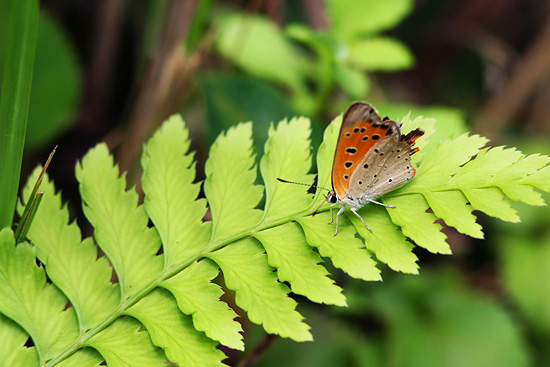
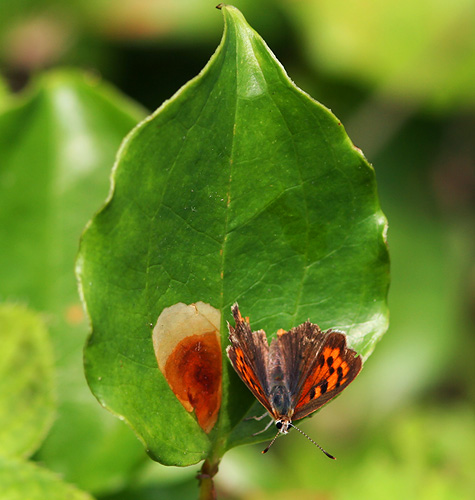
Forest here looks really beautiful, though still relatively young. I found a road which leads uphill to the mountain top near the ropeway station, so I decided to walk up on that road. The first half is mostly dark coniferous forest, while the second half is mostly dense secondary growth mixed in young montane evergreen forest. Very few birds were seen during the way up, only a small flock of Red-billed Leiothrix (Leiothrix lutea) and Large-billed Crows. I was about to give up and walked back to the start, but then when I reached quite an altitude, birds started to become better.
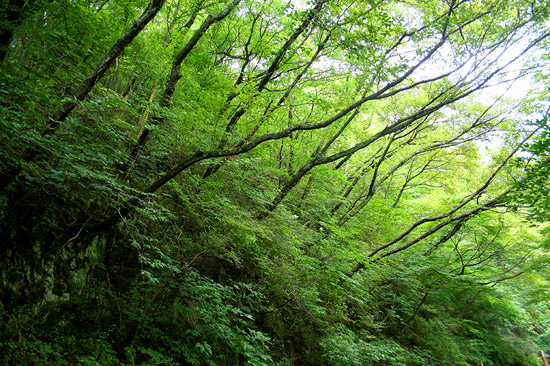
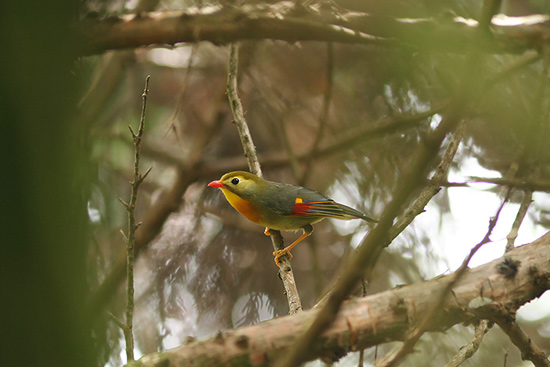
Red-billed Leiothrix is so common up here.
Click on the photo to get full size image 1200px!
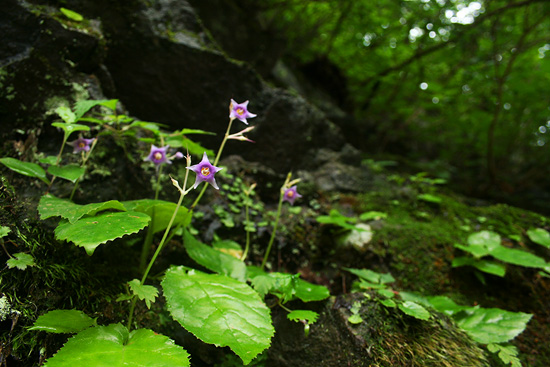 The first bird-wave I found was led by a gang of young Varied Tit. Then I quickly got my first two lifers, the Eurasian Nuthatch and Willow Tit, which were both joining the wave. Other species included a family of Japanese (formerly P.major minor Great Tit) and a young Coal Tit. Then I walked up and found a nice place for lunch, so I sat there for about half an hour. A small bird appeared in the flock of Japanese White-eyes, I was so surprised that it was a female Narcissus Flycatcher. I was happy to finally found my long-time awaited species. Though I wished it would've been a male, but anyway it's still a Narcissus, isn't it?
The first bird-wave I found was led by a gang of young Varied Tit. Then I quickly got my first two lifers, the Eurasian Nuthatch and Willow Tit, which were both joining the wave. Other species included a family of Japanese (formerly P.major minor Great Tit) and a young Coal Tit. Then I walked up and found a nice place for lunch, so I sat there for about half an hour. A small bird appeared in the flock of Japanese White-eyes, I was so surprised that it was a female Narcissus Flycatcher. I was happy to finally found my long-time awaited species. Though I wished it would've been a male, but anyway it's still a Narcissus, isn't it?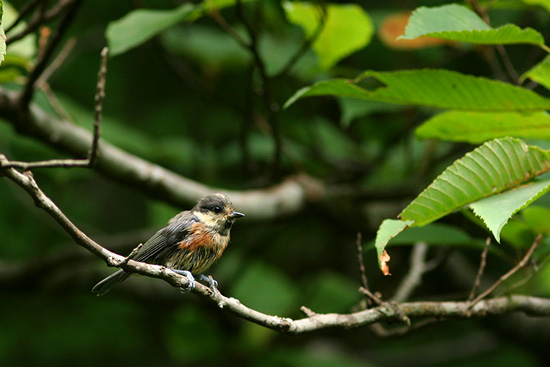 Young Varied Tit was the leader of the bird-wave.
Young Varied Tit was the leader of the bird-wave.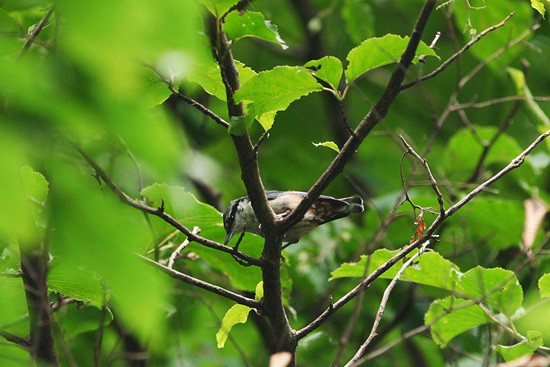
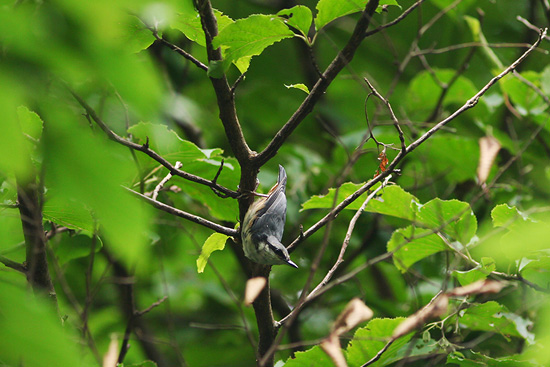 My first lifer of the day, the Eurasian Nuthatch
My first lifer of the day, the Eurasian NuthatchAfter lunch, I started walking down slowly. The same bird-wave appeared again along the way, and the Leiothrix just seemed to be everywhere. Its call sounds very similar to those Grey-cheeked Fulvetta (Alcippe fratercula) in Thailand, but its song is just so beautiful like those of the Chinese Hwamei (Leucodioptron canorum), which can also be found here in Beppu also. Both the Leiothrix and Hwamei are introduced species from mainland China to Japan. I have seen them quite often here, but the Hwamei seems to be a bit more uncommon. Then I saw a juvenile Narcissus Flycatcher with a worm in its beak. The bird still has buff spots all over the body plumage. Then I was so happily surprised to see a tiny Winter Wren (Troglodytes troglodytes) jumping along the moss-covered rocks just behind my back. Winter Wren in Japan is mainly T.t.fumigatus, which has darker rufous-chestnut plumage comparing to those of the European countries. After the wren has gone, I caught a brief yet super clear sight of my fourth lifer of the day, the Japanese Grosbeak. It was a beautiful adult male with its huge bright yellow beak and glossy black cap. Now I already felt like I am ready to go home! :))
But good things just didn't seem to stop there! Only few meters later, an extremely beautiful male Narcissus flew by just in front of me. Finally my dream comes true, a male Narcissus Flycatcher is perching still in front of me along with his wife and child. I just couldn't believe how good the birding today was. When the family was gone, everything along the way back was just pretty. I've also seen an uncommon summer migrant Asian Stubtail (Urosphena squameiceps) and a very vocal but super worn male Blue-And-White Flycatcher (Cyanoptila cyanomelana) too, but I feel like I've used up all my words now, so just look at the pictures, I have nothing more to say!
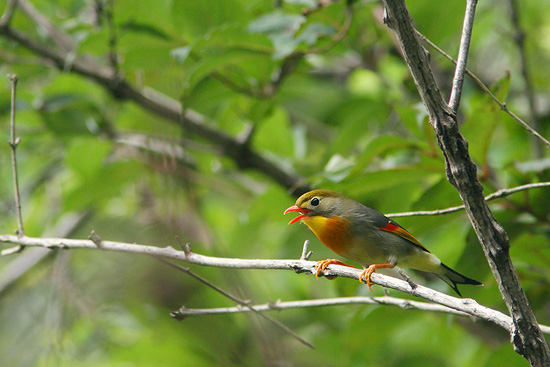
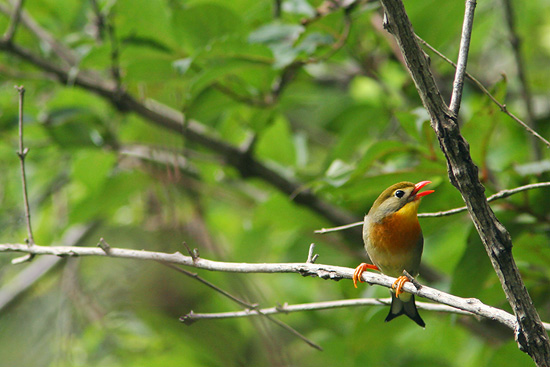
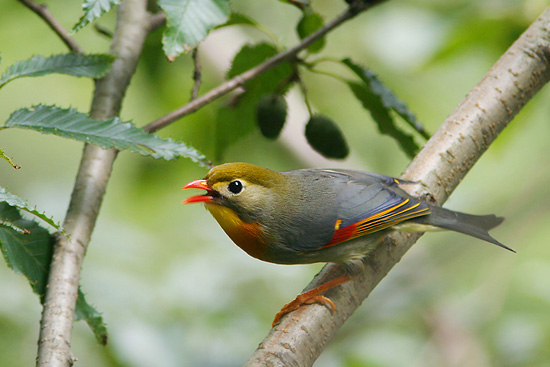 More evidences of how common the Red-billed Leiothrix was
More evidences of how common the Red-billed Leiothrix was
A view of Beppu city
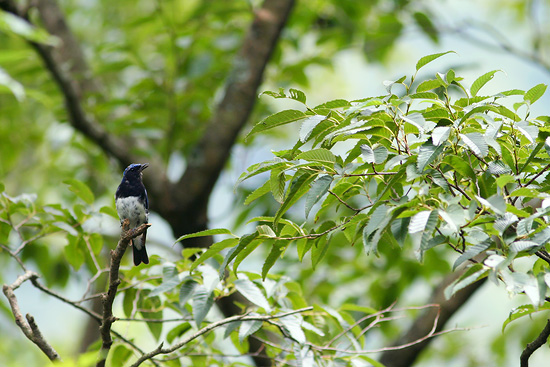
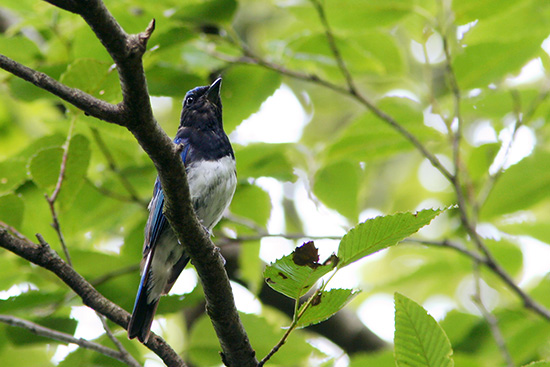
A very worn yet vocal male Blue-And-White Flycatcher



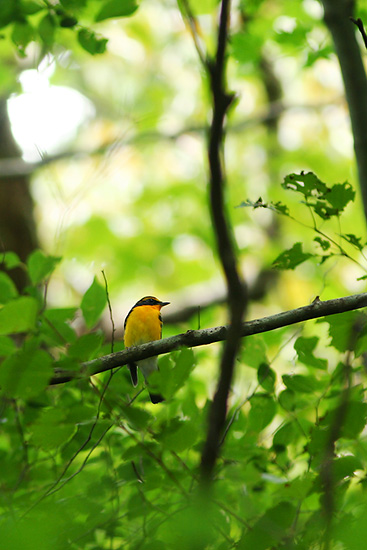








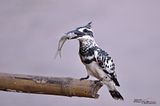


.jpg)

1 comment:
Nice shots, I have yet to see a Red-billed Leiothrix anywhere, they haven't penetrated far enough north yet I guess.........
Post a Comment